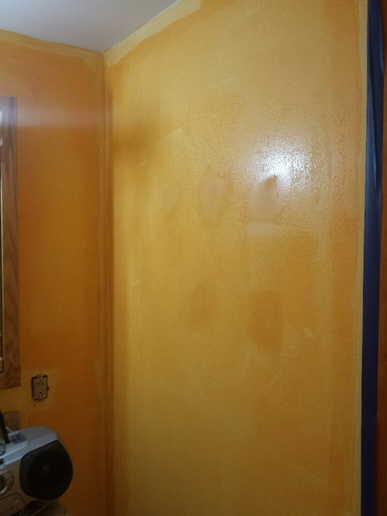I recently installed the sink drain in the picture. The center tube (H) has holes through the wall of the treaded portion, which fits inside the drain opening of the sink. After installation, running the water with the stopper open resulted in a slow leak from the threaded interface between the outer wall of the center tube (H) and the lock nut (G) at the bottom. I conclude the water was escaping the inside of the center tube (H) through the aforementioned holes and then flowing down the outside of the tube (H) through the threaded interface between the rubber washer (F) and the lock nut (G). As a makeshift fix, I caulked the threaded interface at the bottom, which seemed to work.
It baffles me why the tube (H) has holes through its wall in the treaded portion? I think they are the root cause of the leak, and I have scratched my head bald trying to imagine what purpose the holes would serve?
Sorry for such an off-the-wall post, but I find a wealth of knowledge on this forum. So, I figured somebody can probably learn me something
Thanks,
Neil

It baffles me why the tube (H) has holes through its wall in the treaded portion? I think they are the root cause of the leak, and I have scratched my head bald trying to imagine what purpose the holes would serve?
Sorry for such an off-the-wall post, but I find a wealth of knowledge on this forum. So, I figured somebody can probably learn me something
Thanks,
Neil


